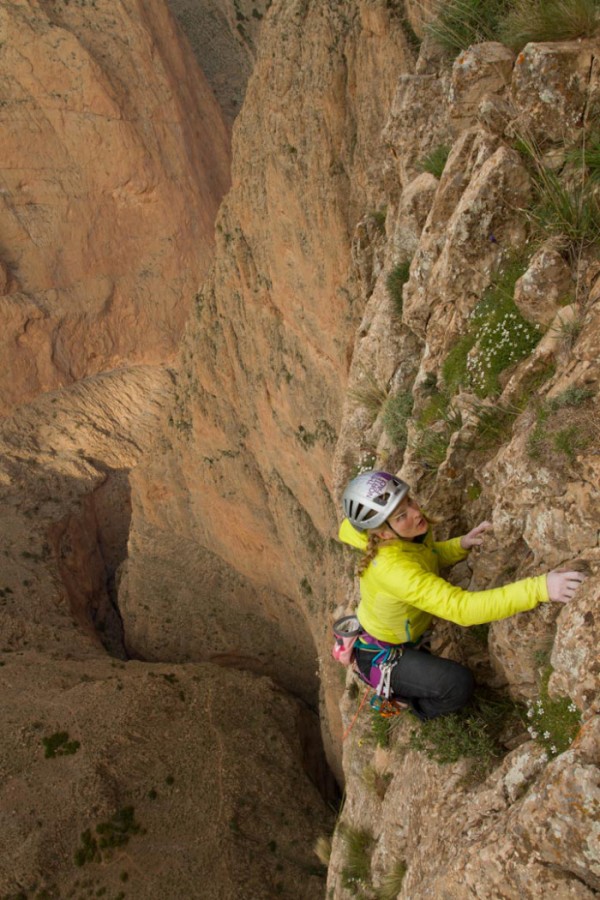“DON’T SEND any interns,” he said. “It’s kind of burly.”
Alex Honnold and I were eating breakfast in a plushly rustic cafe in a plushly post-industrial neighborhood in lower Manhattan, and we were talking about a tiny village in the High Atlas Mountains of central Morocco called Taghia, where I was due to shoot with Hazel Findlay and Emily Harrington as they explored the huge limestone walls in the area.

